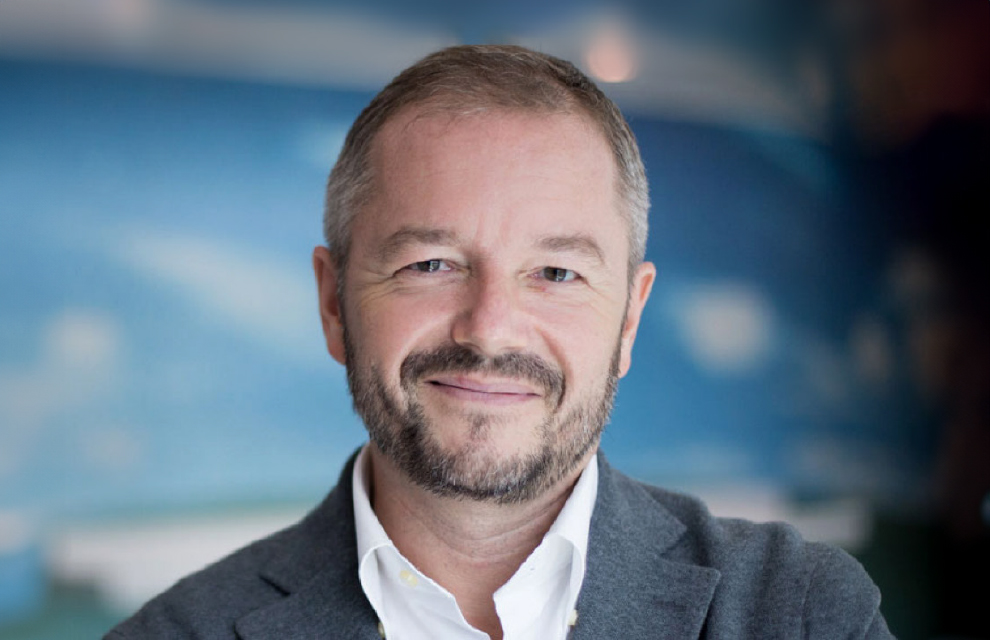International SOS
Franck Baron speaks to John Savage about the benefits of his Singapore-domiciled captive Odeon Re, the captive insurance company of International SOS
What is your role within the organisation, and what are your primary responsibilities in relation to the captive insurance programme?
I lead the risk and insurance division at International SOS. I’m responsible for enterprise risk management and life and non-life insurance.
I am also the CEO of Odeon Re, our captive insurance company, domiciled in Singapore. We have insurance and reinsurance licences for both life and non-life insurance. I am based in Singapore.
In addition, I am the chairman of the Pan-Asia Risk and Insurance Management Association (PARIMA) and president of the International Federation of Risk and Insurance Management Associations (IFRIMA).
Could you provide some background information about International SOS, its industry, and the reasons behind establishing its captive insurance company, Odeon Re?
We specialise in international health and security risk management. At International SOS, we work to protect the global workforce from health and security threats. We have 13,000 security, medical, logistics and digital experts standing by to provide daily 24-hour support and assistance across more than 1000 locations in 90 countries.
Due to our business and operating model, it is critical to ensure that our risk financing strategy matches our unique risk footprint. This is to nurture the relevant level of risk retention and to align with our group’s risk appetite.
How has Odeon Re helped to manage and mitigate risks specific to your industry? What benefits have you experienced by having a captive insurance company?
It provides the necessary structured capacity we need to nurture our risk retention. It also provides us with the platform to develop and fund our risk management programmes in terms of prevention and protection.
The tailored part of the captive is important to structure our cyber coverage compared to the terms available in the markets.
How did Odeon Re respond to the COVID-19 pandemic? Could you share some examples of uninsurable risks that your captive covers?
Over the COVID-19 years, we identified a few countries in which our local medical insurance programmes were excluding pandemic-related situations. Thanks to our captive-based medical programme we have been able to buy-back such exclusions.
In a recent interview, you mentioned that you have developed your ESG plan to support your group’s sustainability strategy. How do you plan to utilise your captive, Odeon Re, as part of this strategy?
Our captive is one of the first to have signed up to the United Nations Environment Programme Finance Initiative. Our underwriting and investment policies are ESG-led. Furthermore, our captive is well-positioned to fund internal initiatives and programmes supporting our group’s ESG goals.
What factors did your company consider when it selected Singapore as the domicile for your captive insurance company?
Firstly, the ability to develop and gain approval for a holistic business plan for (re)insurance, life and non-life. This avoids delays in our underwriting decisions.
Secondly, we value the merit of establishing the captive where our group is headquartered to develop the necessary collaborations with colleagues.
The local regulator, Monetary Authority of Singapore, is providing a very stable environment and is committed to developing the captive platform.
What do you think are the strengths of your captive programme? How has your captive influenced your risk management strategies and overall risk profile?
Our strengths are the flexibility of underwriting and insurance capacity, alignment with our enterprise risk profile and operational performance due to self-management and localisation.
The captive is core to our risk management decisions and it helps us to structure and fund risk prevention plans. It fits our risk financing needs that cannot be matched by insurance markets.
What do you hope to achieve in your role as president of IFRIMA?
IFRIMA is the international umbrella organisation for risk management associations, representing 20 organisations and more than 30 countries around the world. As an “association of associations”, IFRIMA’s primary objective is to provide a forum for interaction and communications among risk management associations and their members.
I hope to transform IFRIMA into a more action-driven and visible organisation for the global risk professionals’ community. During my mandate, I am refocusing the association to better support local associations to develop territories and initiatives in order to form new ones. This is to facilitate a better dialogue among members and elevate the voices of our risk professionals community.





